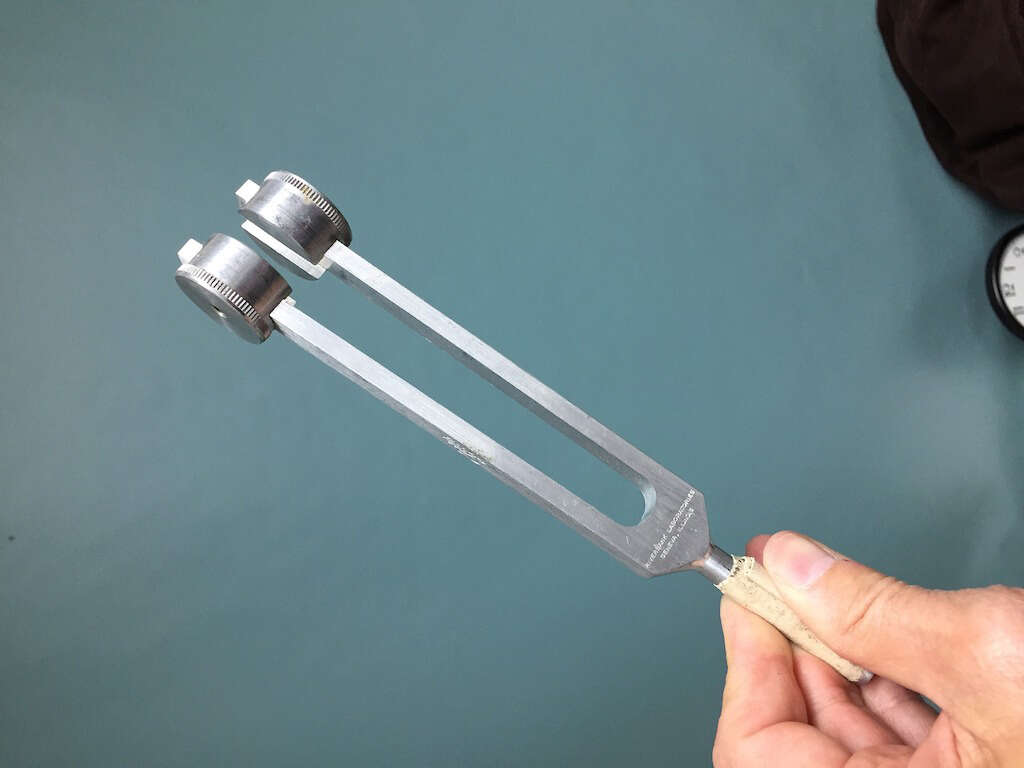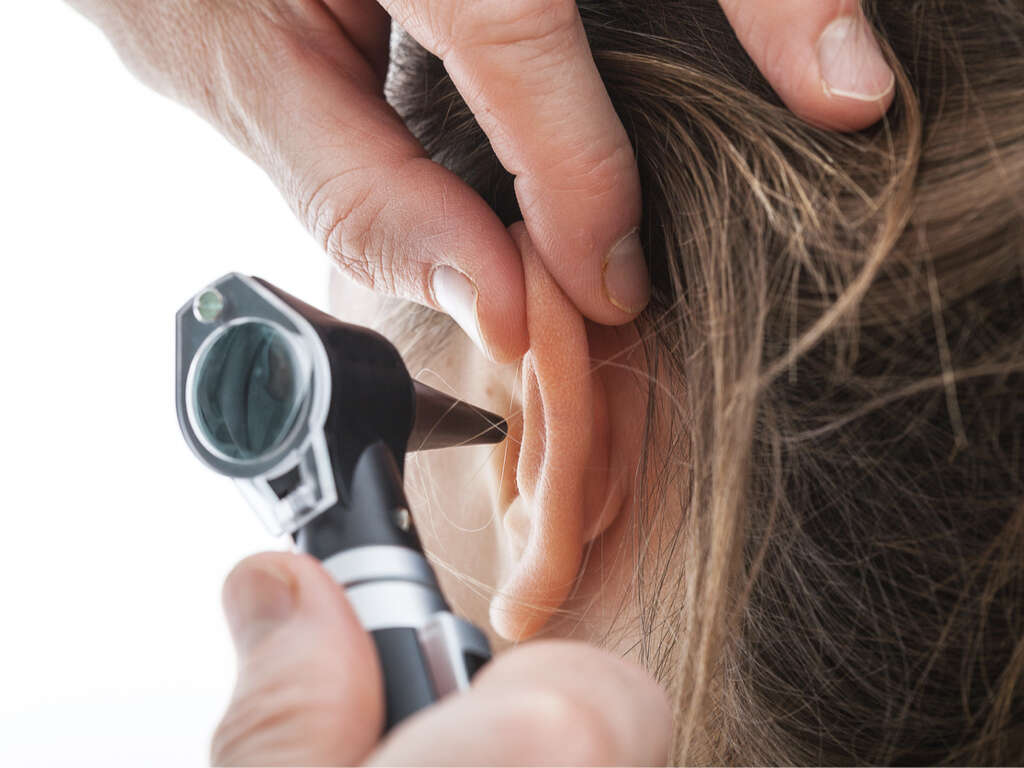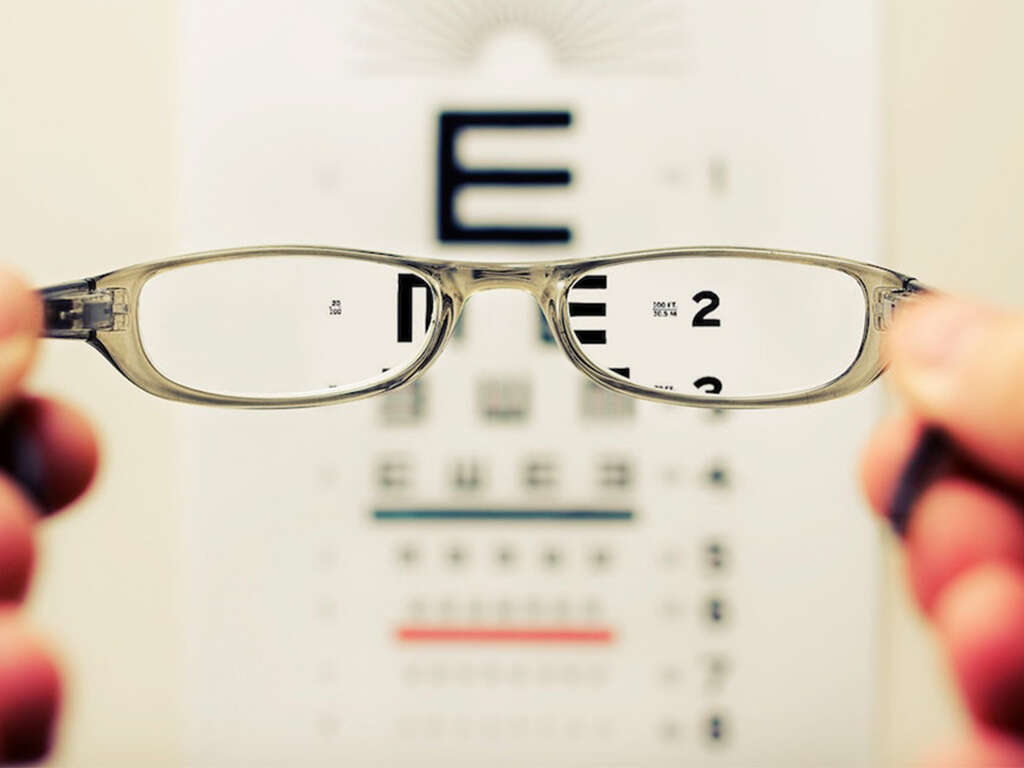10 Benign Paroxysmal Positional Vertigo Symptoms
 Article Sources
Article Sources
- 1. Benign Paroxysmal Positional Vertigo (BPPV). Johns Hopkins Medicine, 16 Mar. 2021, www.hopkinsmedicine.org/health/conditions-and-diseases/benign-paroxysmal-positional-vertigo-bppv.
- 2. Motion Sickness: Symptoms & Treatment. Cleveland Clinic, 14 Mar. 2021, my.clevelandclinic.org/health/articles/12782-motion-sickness.
- 3. BPPV. Ménière's Society: BPPV, 14 Mar. 2021, www.menieres.org.uk/information-and-support/symptoms-and-conditions/bppv.
- 4. Other Non-Surgical Treatments. Ménières Society: Other Non-Surgical Treatments, 15 Mar. 2021, www.menieres.org.uk/information-and-support/treatment-and-management/other-non-surgical-treatments#epley-manoeuvre-for-bppv.
Benign paroxysmal positional vertigo (BPPV) is a common condition characterized by brief periods of dizziness, often brought on by changes in head position or sudden movements. It affects people of all ages, but is more common in older adults.
For most people, BPPV is an inconvenience, but not something to be worried about. However, some seniors fear the dizziness increases their risk of suffering a fall, which could lead to a more serious injury. If you’re experiencing unexplained episodes of dizziness, seek advice from your doctor to determine the underlying cause.
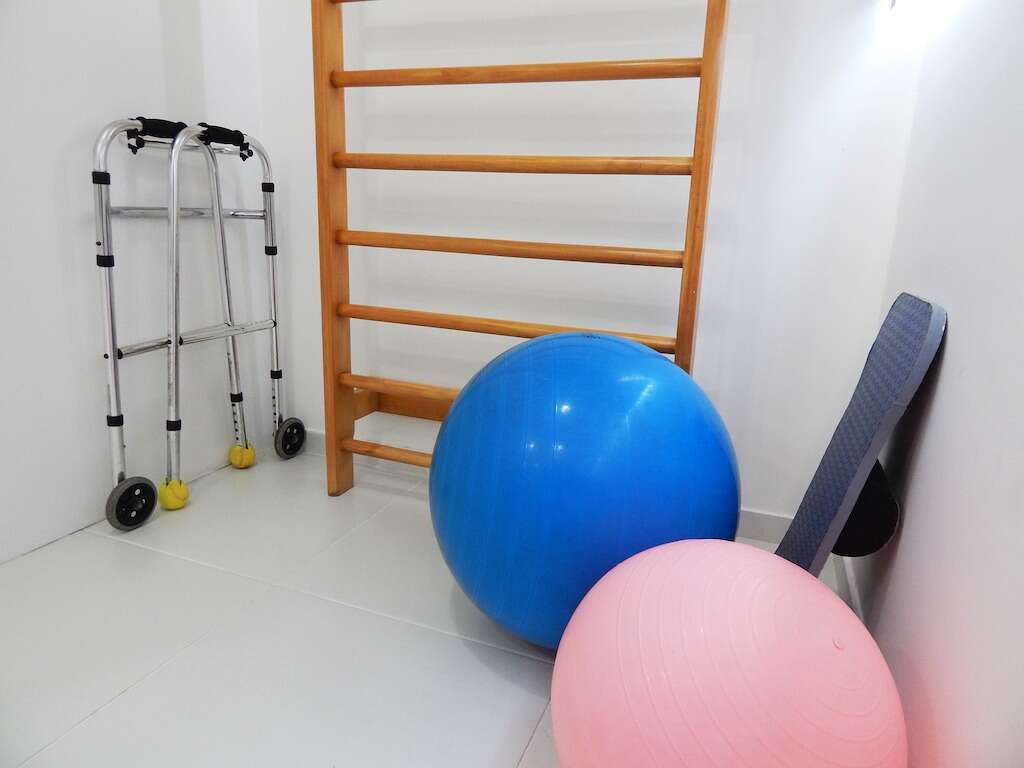
1. Caused by Inner Ear Problems
Benign paroxysmal positional vertigo is a problem with the inner ear. Those who are suffering from the condition experience vertigo, a sensation of spinning or constant movement, even when sitting still. BPPV is the most common cause of vertigo1Benign Paroxysmal Positional Vertigo (BPPV). Johns Hopkins Medicine, 16 Mar. 2021, www.hopkinsmedicine.org/health/conditions-and-diseases/benign-paroxysmal-positional-vertigo-bppv.. It’s caused by small calcium crystals, known as otoconia, coming loose and floating around inside the inner ear.
Otoconia are a normal phenomenon. However, they’re normally attached to the utricle, a small sensory organ inside the ear. When they become detached and drift into the ear canal, they can impair the ear’s ability to sense direction and balance, causing vertigo.

2. Unexplained Nausea and Vomiting
Two common symptoms of BPPV are nausea and vomiting. In day-to-day life, individuals rely on their sight and feedback from their ears to feel a sense of balance. If the feedback from those senses is conflicting, that can cause nausea. That’s what motion sickness is.2Motion Sickness: Symptoms & Treatment. Cleveland Clinic, 14 Mar. 2021, my.clevelandclinic.org/health/articles/12782-motion-sickness.
Some people vomit during attacks of vertigo. If this happens, they may find that even after vomiting, they still feel nauseated until the vertigo itself passes.

3. Whirling Sensations and Disorientation
Vertigo often starts as a feeling of whirling or spinning. This feeling can leave the person feeling disorientated. They know they’re standing still, or seated, but the world feels like it’s moving.
A mild attack may pass after a few seconds, but in some cases, vertigo persists and the feeling of confusion and loss of orientation is very strong. Vertigo can leave a person unsure of which way is up and scared to stand or walk without holding on to something.

4. Dizziness and Wooziness
Most people associate vertigo with dizziness. With BPPV, the crystals in the ear canals interfere with the canal’s ability to pick up movements and translate these movements to help the person balance.
Persistent dizziness can turn into wooziness. This is sometimes described as feeling drunk or otherwise impaired. It may take a lot of concentration to sit upright or walk normally because doing so requires fighting the confusing signals coming from the inner ear.

5. Loss of Eye Control and an Unsteady Gait
In addition to causing dizziness, BPPV may also cause a person to lose control of their eyes, creating movements known as nystagmus.3BPPV. Ménière’s Society: BPPV, 14 Mar. 2021, www.menieres.org.uk/information-and-support/symptoms-and-conditions/bppv. This is one of the criteria used to determine whether a person’s vertigo is caused by BPPV or something else.
Someone who’s experiencing an attack of vertigo may try to control it and continue about their day. However, they may struggle to walk normally and might display an unsteady gait because of their condition.

6. Loss of Balance and Reduced Confidence
Loss of balance due to vertigo is an issue for people of all ages, but it can be particularly problematic for older adults who are often at an increased risk of injury if they fall.
Some older adults are already nervous about falling, and if they have BPPV this may lead to decreased confidence. This could cause the individual to go out of the house less often and become less independent with activities such as shopping. They may also become socially isolated as a result.

7. Treatable through Therapy
Around half of BPPV cases resolve themselves without treatment over a period of several months. The condition can’t be treated using drugs but can be managed through physical therapy.
Doctors may use techniques such as the Epley maneuver to direct the loose calcified particles out of the ear canal and into an area where they won’t interfere with the person’s sense of balance.4Other Non-Surgical Treatments. Ménières Society: Other Non-Surgical Treatments, 15 Mar. 2021, www.menieres.org.uk/information-and-support/treatment-and-management/other-non-surgical-treatments#epley-manoeuvre-for-bppv. The particles are still there and may float back into the canal, but a successful maneuver can offer rapid vertigo relief.

8. May be Self-Treatable
The Epley maneuver is simple to perform and many doctors teach it to patients who have recurring BPPV, so they can perform it themselves if their symptoms come back. For around 90% of patients, the Epley maneuver can provide immediate relief.
Some people feel very dizzy or off-balance for a day or two after performing this treatment, but once those symptoms subside they may find their vertigo is cured. Those who don’t recover using the Epley Maneuver may find wearing a Meniett device offers relief.

9. May Reoccur
The crystals that cause BPPV aren’t removed from the inner ear when a person is treated for BPPV. This means the condition can return if the crystals manage to make their way back into the ear canal.
Some people experience more than one attack of BPPV in their lifetime. The condition can be managed, however, and with treatment, it’s possible to stop the attacks of vertigo and lead a normal life.
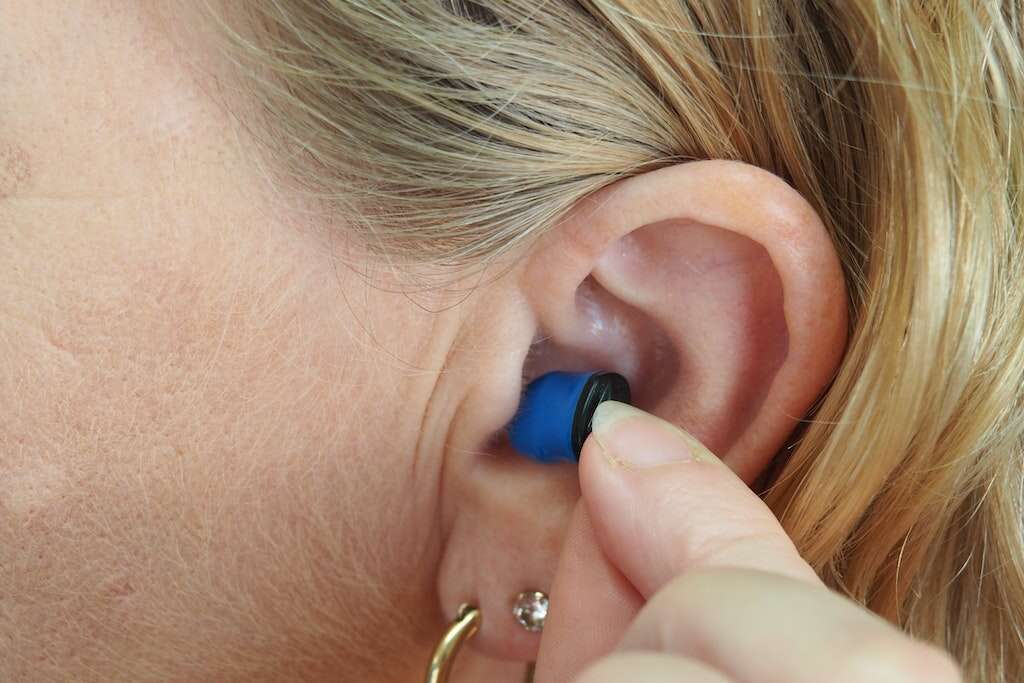
10. Tinnitus
BPPV is more common in older people and is often associated with tinnitus. This condition is characterized by the presence of a near-constant sound, such as a ringing or buzzing noise. Some people successfully learn to live with and ignore these sounds, but for others the noise is distressing.
Tinnitus can be treated with the use of a white noise machine. This is like a hearing aid, except it produces a constant low-level sound to drown out the ringing, making it easier to cope with.



